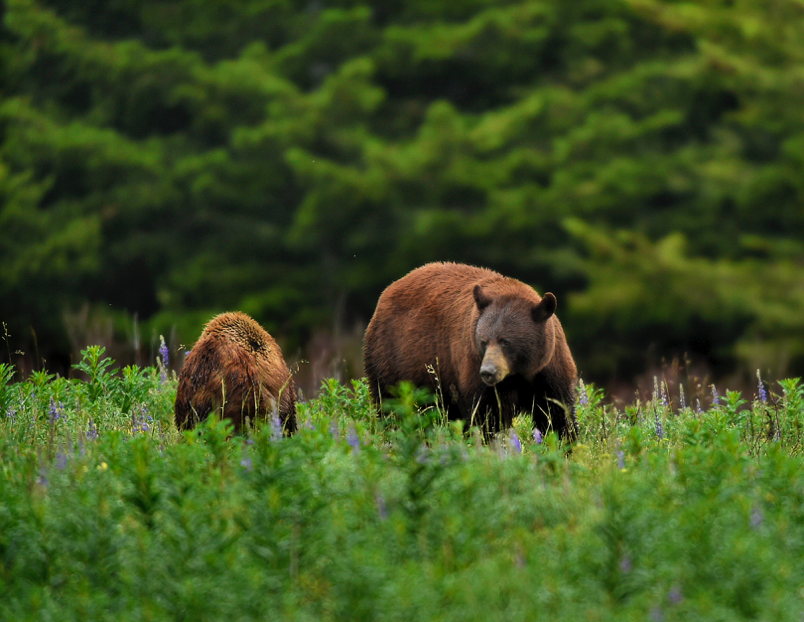I have a large selection of various Singh-Ray filters. Filters, to me, are about controlling light. When we think of using filters, most of us are thinking landscape photography. It just so happens that controlling light with filters is equally important when photographing wildlife.
I use two filters when photographing wildlife: the Singh-Ray Polarizing Filter and the Hi-Lux Filter. Both have their value in different situations and both are necessary to optimize the image quality.
There are two types of polarizers. The LB Polarizing Filter is a high-quality filter which has zero color shift when placed on your lens. The LB Warming Polarizing Filter adds a little warmth. I keep going back and forth, and I am not certain which one I love the most. Both are excellent and are the highest-quality filters on the market.
I believe so much in high-quality Singh-Ray Polarizing Filters that I have one on every lens. Even if only to protect my lenses.
Note: People skimp on filters. They try to buy the cheapest they can. This is one sure way to decrease your lens performance. Only use the highest-quality filters on your glass. Its part of the optics and that is what gives you the image quality you need.
How do I use a polarizing filter for wildlife?
It’s simple — if I am set up waiting for wildlife to happen, I’ll polarize in the direction I expect the wildlife to be in view. Creating the photo in your mind before it happens involves what you’re trying to capture, the setup of your camera and lens, and yes, polarizing in the direction of the subject.
The two images below show you how a polarizing filter can help pop your image by taking out glare and adding contrast.
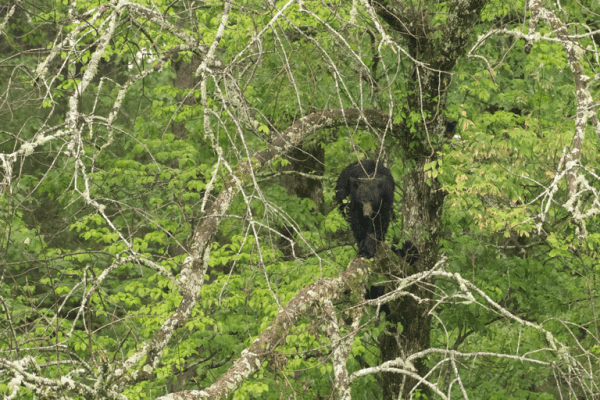
The first photo here is an un-polarized capture of our subject. See how light, and washed-out the bear is, as well as the green trees.
Adding a Singh-Ray LB Warming Polarizing Filter takes care of some of the glare, and adds contrast and detail back into the image.
Workshop participants often ask me, “Is there always time when photographing wildlife?”
No, there is not always time. Sometimes things happen fast, and I shoot as fast as I can. Then it becomes no different than if I had no polarizer on the lens. Below, two bears were working there way into the scene. My first images were not polarized but as I had the time, I turned the polarizing filter to see the contrast shift in the subject as well as the grass.
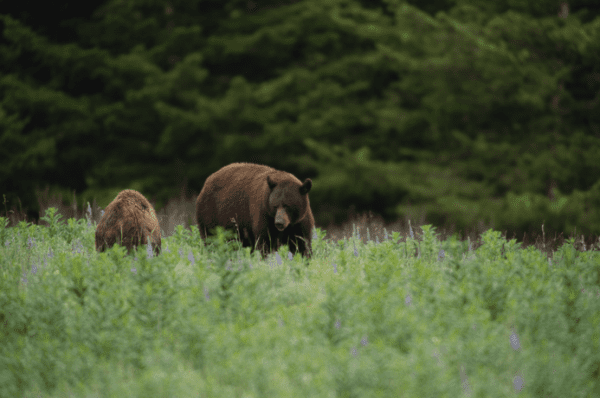
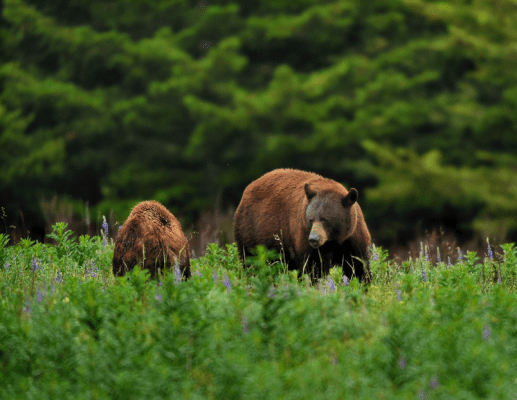
The second image, because it is being polarized, has much more detail. Most of us know a polarizing filter is most effective when the directional light is at 90° to the polarizer. This is true, but in most cases I still get a little out of the filter at any angle, and every little bit helps.
The two images below of a coyote backlit show that we had a slight contract and detail increase using a polarizing filter.
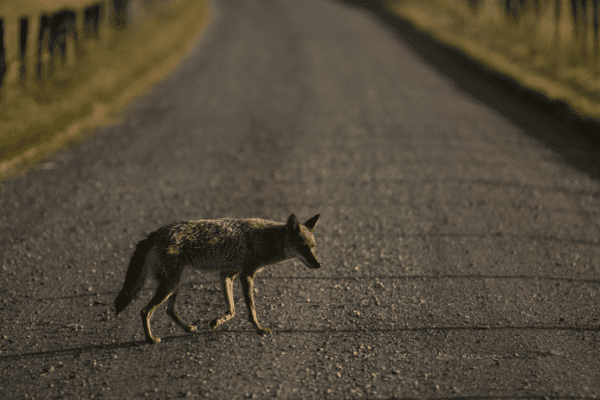
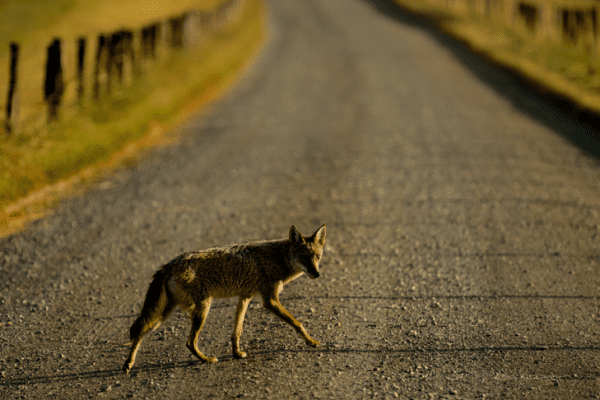
This image un-polarized, is a little flat. Turning the polarizing filter until I saw a contract difference gave much better results in the second image.
With the Singh-Ray LB Polarizing Filter you do lose about 2 -2 ½ stops of light, whereas with the LB Warming Polarizing Filters you only lose 1 ½ to 2 stops. With today’s digital SLRs that’s no problem at all, because we can just increase our ISO to get that shutter speed back.
There are times however, that we don’t want to lose those stops of light or deal with a polarizer. Singh-Ray came up with a neat filter called a Hi-Lux Filter that’s good for these times.
A lot of photographers do have a clear filter on the front of their lens for protection. And lets face it, polarizers are expensive and you may not want to invest in one for every lens your own.
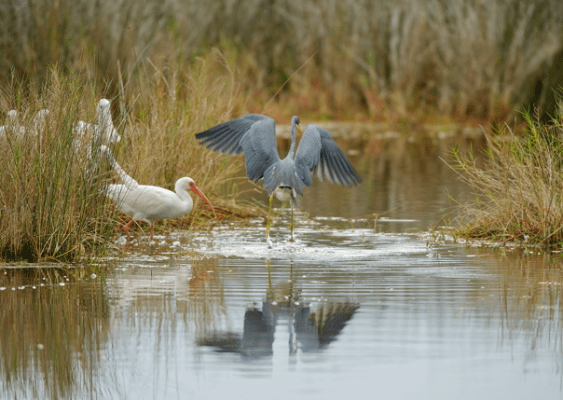 Most clear filters for protection have some UV protection. A lot of them are inexpensive and not the best optical quality. The Singh-Ray Hi-Lux Filter is an optical, near-perfect, clear filter that can be used as a protection filter. It has a unique property that also adds some contrast. Unlike a polarizer, it won’t take out glare, but it does pop the contrast in the image.
Most clear filters for protection have some UV protection. A lot of them are inexpensive and not the best optical quality. The Singh-Ray Hi-Lux Filter is an optical, near-perfect, clear filter that can be used as a protection filter. It has a unique property that also adds some contrast. Unlike a polarizer, it won’t take out glare, but it does pop the contrast in the image.
I was shooting late in the day, and took a few images with no filter on my lens. The image is typical for this type lighting situation.
As my subjects moved into position, I added my Hi-Lux Clear Filter. It did add some contrast, and almost seemed like it sharpened the image. It didn’t of course, but just adding contrast helps it appear that way.
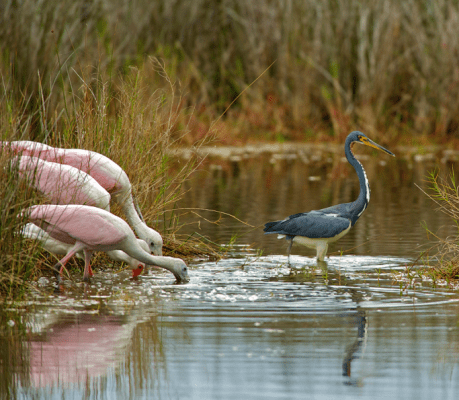
A few additional examples are below. The first is just the lens alone, and the second is with the Hi-Lux Filter.
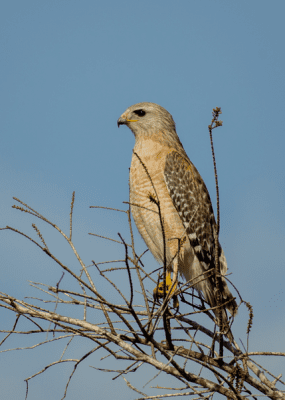
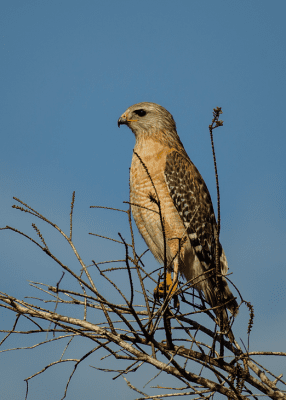
This front-lit red-tailed hawk was sitting here a long while. This gave me a chance to try a few settings, including a shot with and without an Hi-Lux Filter. The second image showa a little contrast added with the filter.
Some of you by now are saying, “I can do a lot of this in post-processing”. Yes you can, but I am a believer in doing as much in the camera as possible to get the best un-altered image I can. Post-processing still can’t take the place of a polarizing filter.
If you are looking to get a great polarizing filter for wildlife shooting, Singh-Ray is the best I have tested. With either the LB Warming or non-warming, you can’t go wrong.
If you still like keeping clear protection filters on your lens, then the Singh-Ray Hi-Lux is the only answer to me. It’s optical quality won’t hurt your image, and you get the added benefit of adding some contrast.
If you have any questions, you can contact Vinny at: vinny@vinnycolucci.com.
You can learn more about his photography and workshop programs at: www.escapetonaturephotography.com

